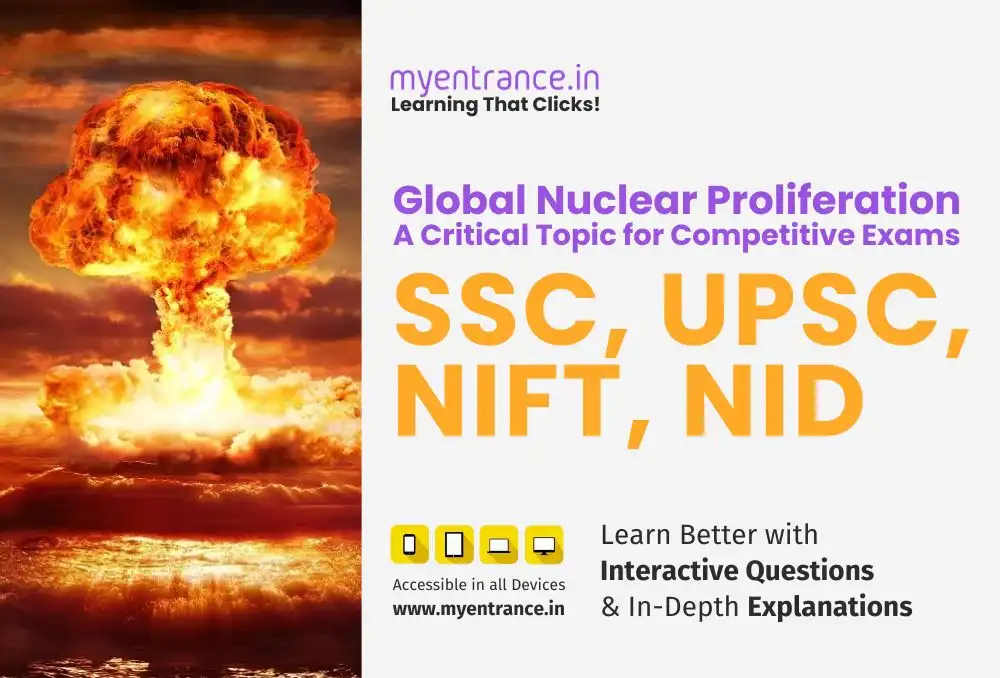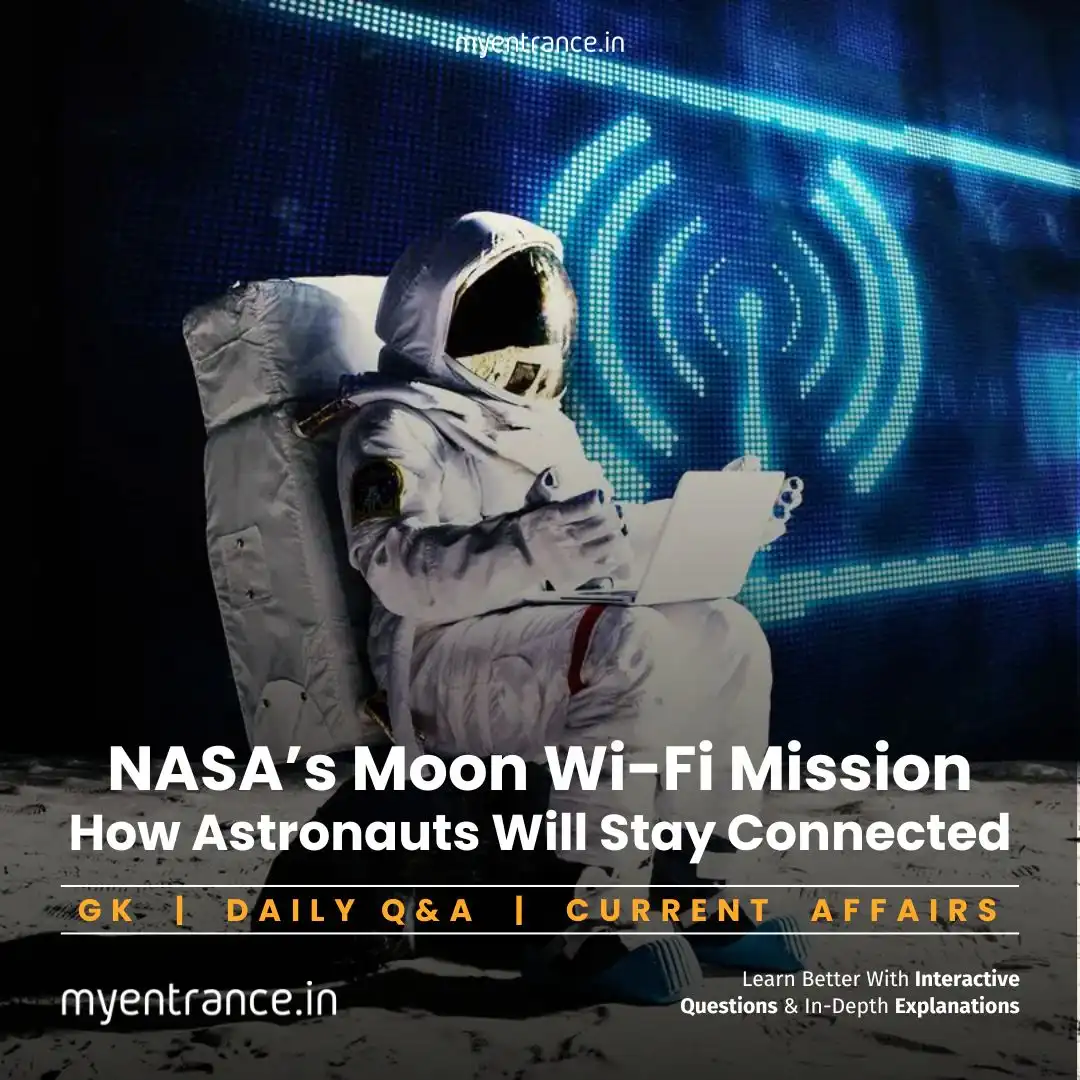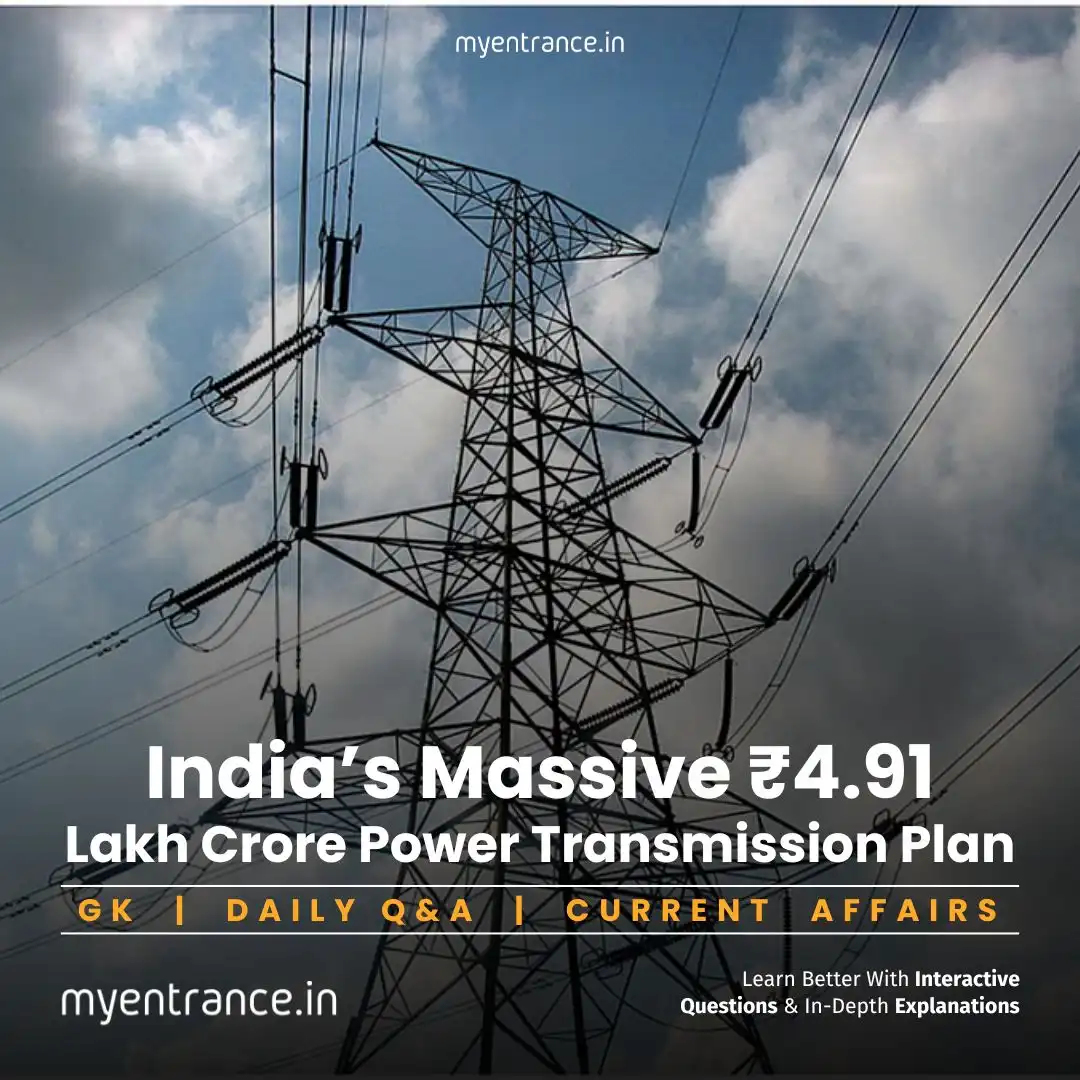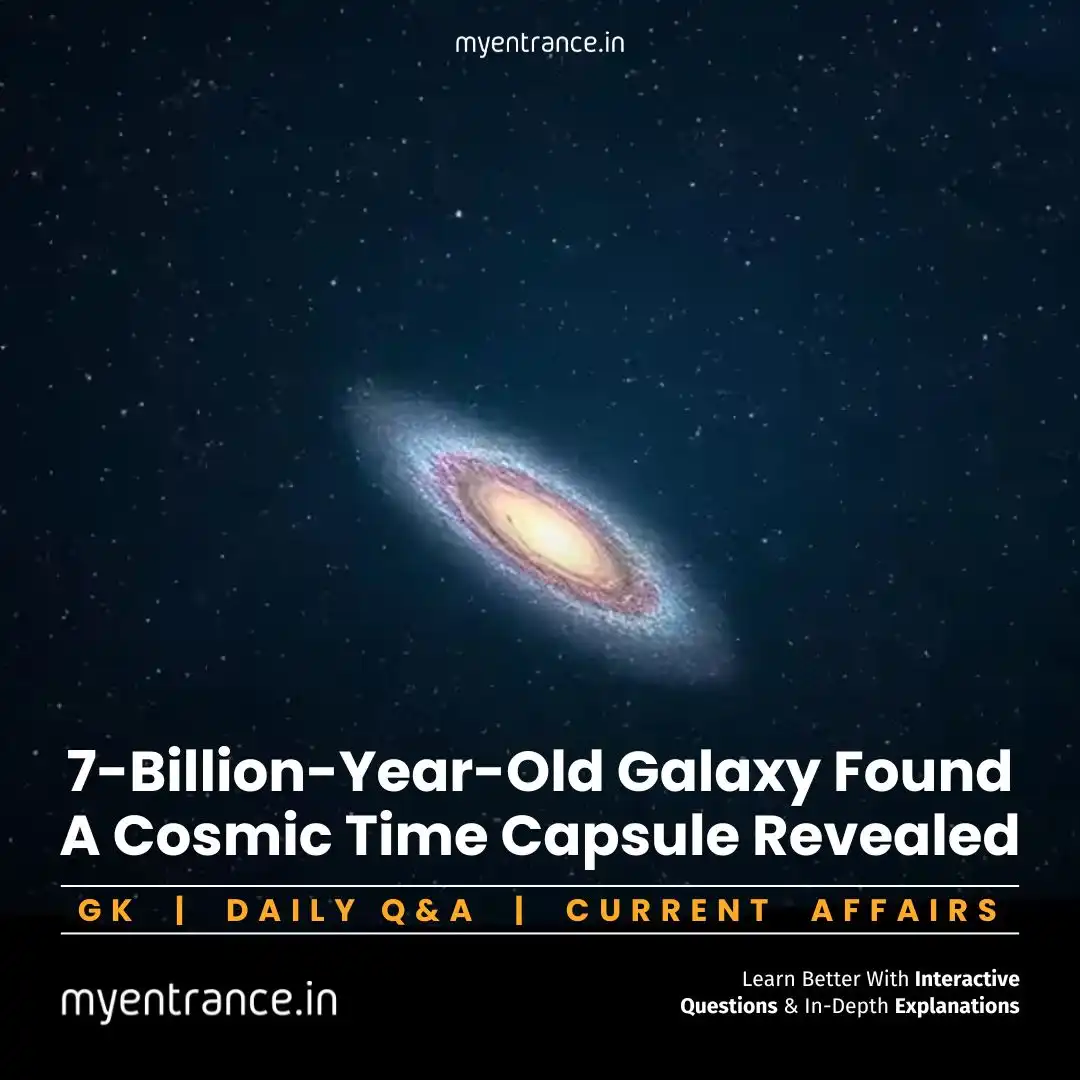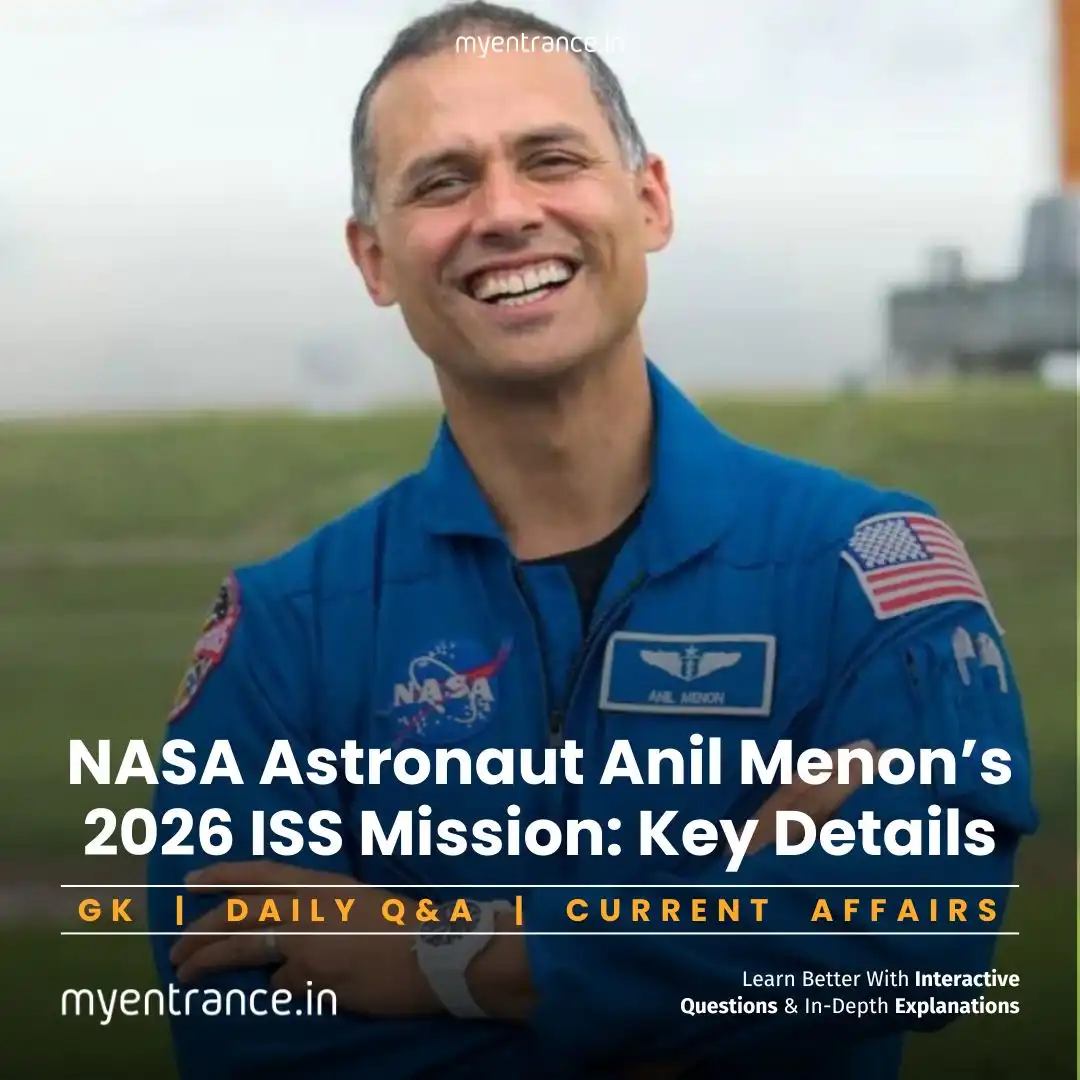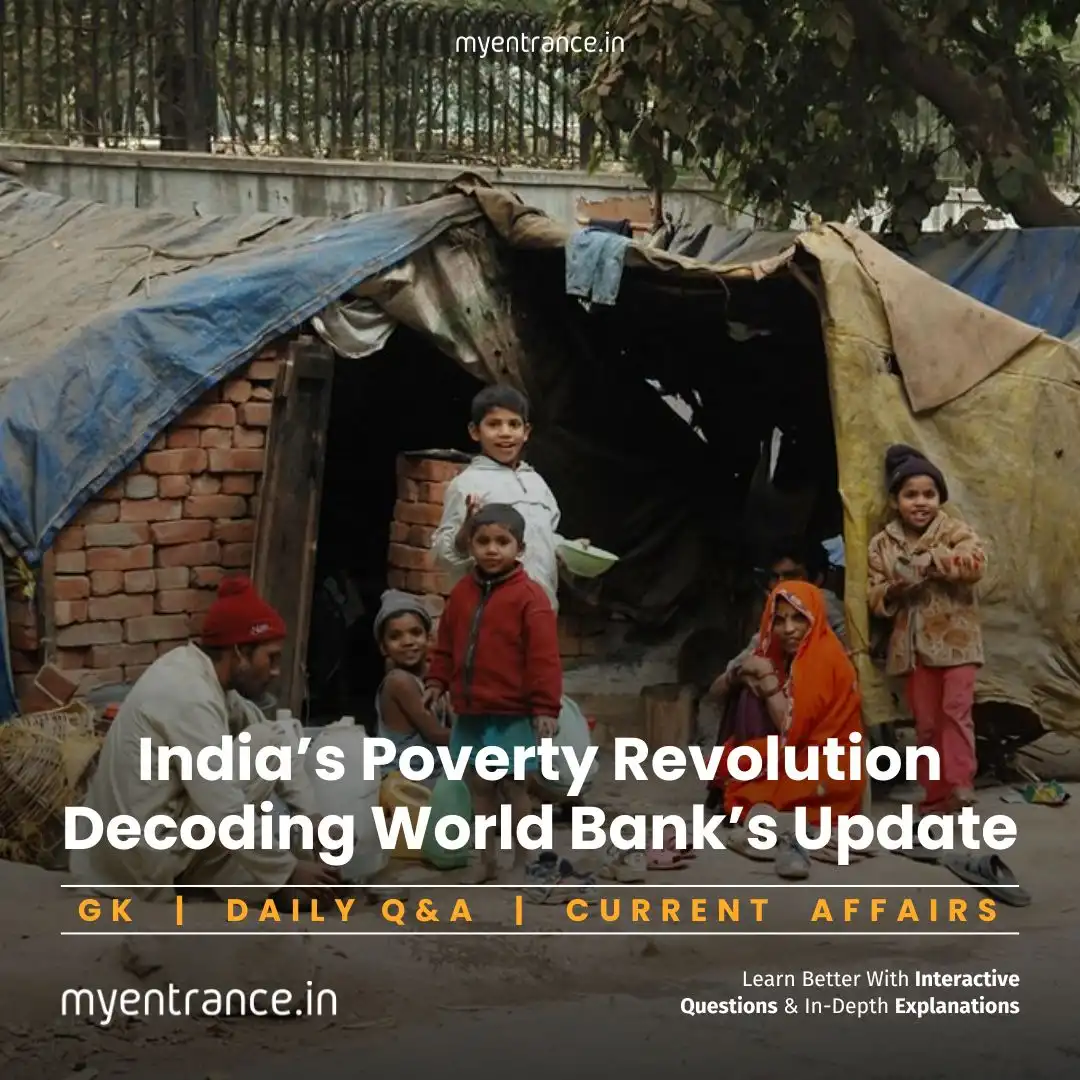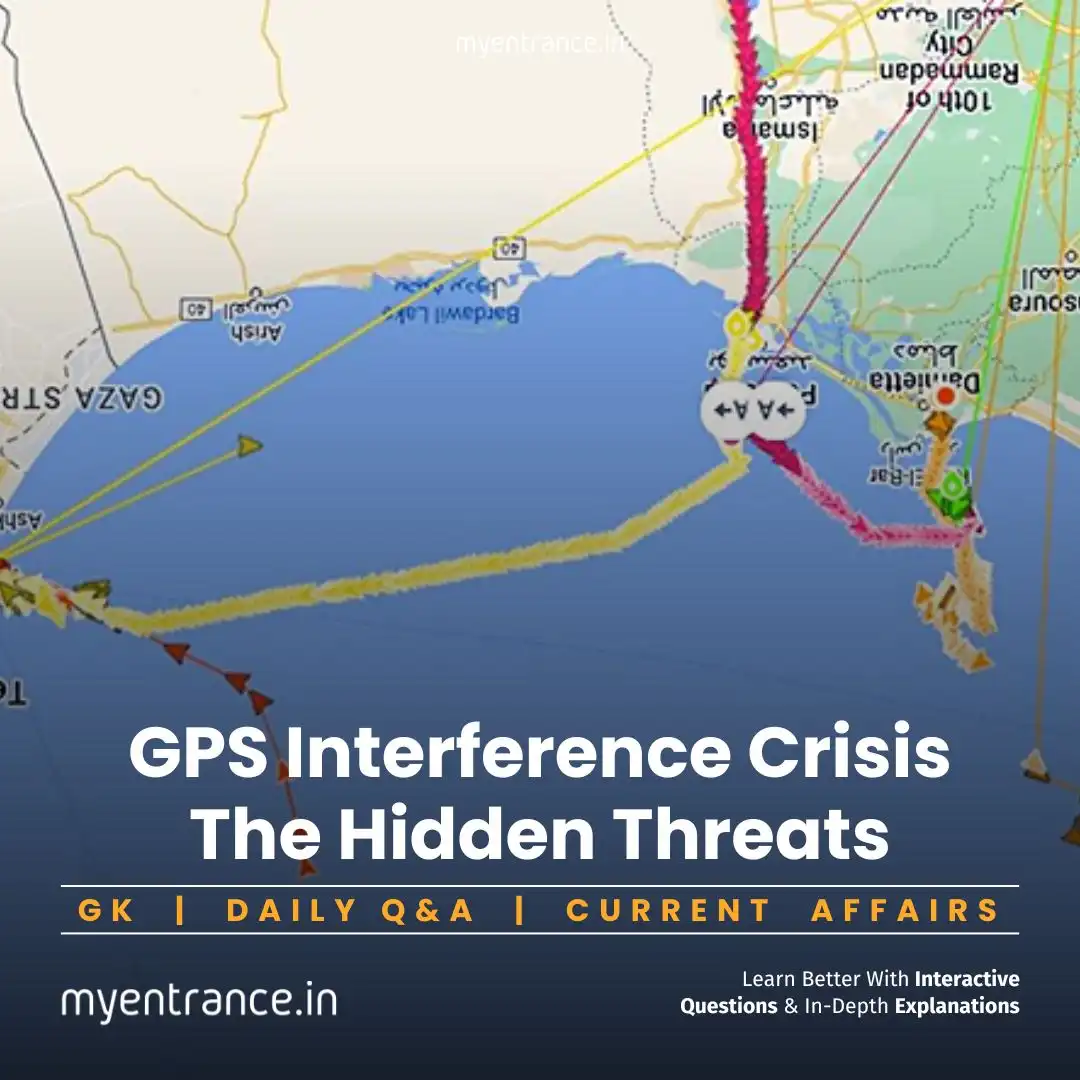Select Language
Global Nuclear Proliferation 2025 – A Critical Topic for Competitive Exams
The recent surge in Iran’s uranium enrichment has reignited global nuclear proliferation debates. This topic is highly relevant for competitive exams like UPSC, SSC, and PSC, especially under General Studies and Science & Technology sections.
Iran’s Uranium Surge: What’s the Global Concern?
According to the International Atomic Energy Agency (IAEA), Iran now possesses over 408 kg of 60% enriched uranium—a sharp 50% increase since February 2025. This enrichment level is dangerously close to weapons-grade (90%) and could be reached in mere weeks. The IAEA has raised serious concerns, urging Iran to resume full cooperation and transparency under its nuclear obligations.
Key Concepts in Nuclear Science for Competitive Exams
1. Uranium Enrichment – A Double-Edged Sword
3–4% enrichment is used for nuclear power generation.
20%+ is used in research reactors and medical isotope production.
60% (like Iran’s stock) makes the leap to 90% weaponization relatively quick.
90%+ is required for nuclear weapons, like the Hiroshima bomb.
2. Why Uranium-235 Is Critical
Uranium-235 is the only natural isotope that supports a chain fission reaction.
Natural uranium mostly contains U-238 (99.3%) and only 0.7% U-235.
Enrichment increases U-235 concentration using centrifuges or diffusion methods.
3. The Fission Chain Reaction
A single fission event releases neutrons that trigger more fissions: exponential energy release.
To sustain this reaction, a “critical mass” is needed—around 15 kg of 90% enriched uranium.
The Global Nuclear Landscape in 2025
Russia and USA still hold over 88% of the world’s nuclear weapons.
China and Pakistan are expanding their arsenals rapidly.
India maintains a stable arsenal under its “No First Use” policy.
North Korea remains outside global regulations, adding to regional instability.
Why Uranium Enrichment Technology Raises Red Flags
Dual-use dilemma: The same technology powers both civilian reactors and nuclear bombs.
Monitoring difficulties: Detecting weapons programs from civilian use is technically challenging.
Iran’s case: Breach of the 2015 JCPOA agreement by exceeding 3.67% enrichment limit.
India’s Nuclear Policy – A Balanced Strategy
Doctrinal Pillars:
No First Use (NFU) policy.
Credible minimum deterrence.
Key Milestones:
Pokhran-I (1974): India’s first nuclear test, labeled “peaceful.”
Pokhran-II (1998): Confirmed weaponization of nuclear capabilities.
NSG Waiver (2008): Allowed civil nuclear trade despite NPT non-signature.
India’s Global Stance:
Not a member of the NPT due to its discriminatory nature.
Supports a global ban on fissile material through the FMCT (Fissile Material Cut-off Treaty).
Must-Know Facts for SSC, UPSC, and Other Competitive Exams
India’s nuclear triad: Land (Agni-V), Air (Rafale), and Sea (INS Arihant).
NPT loopholes: Countries like Iran can enrich uranium under “peaceful” pretenses.
IAEA headquarters: Vienna, Austria.
NSG Membership: 48 countries (India not yet a member).
SIPRI 2024 report: Revealed a reversal in nuclear disarmament trends.
UPSC Mains Practice Questions
“Uranium enrichment technology embodies the dual-use dilemma in nuclear governance.” Discuss.
Analyze India’s nuclear doctrine in light of increasing regional tensions and proliferation threats.
Sample Questions & Answers (Practice Boosters)
Q1. What is the enrichment percentage of uranium required for nuclear weapons?
A: Around 90% enriched uranium is needed to build nuclear weapons.
Q2. Why is uranium-235 preferred in nuclear fission?
A: Uranium-235 is the only naturally occurring isotope that undergoes induced fission, making it essential for nuclear reactions.
Q3. Which city hosts the headquarters of the International Atomic Energy Agency (IAEA)?
A: Vienna, Austria.
Q4. What is India’s declared nuclear doctrine?
A: India follows a “No First Use” policy and maintains a credible minimum deterrent.
Q5. What is the significance of the NSG waiver received by India in 2008?
A: It allowed India to engage in civilian nuclear trade despite not being a signatory to the NPT.
Most Predicted Questions
Comprehensive study materials, Expert-guided tips & tricks, Mock tests and instant results.
Start your SSC/ PSC/ NIFT/ NID journey today with MyEntrance, your ultimate online coaching platform.
